Despite revealing mixed quarterly results on Tuesday, Apple simultaneously announced plans to extend its capital return program by $50 billion and a full year, reaching the $300 billion mark by March 2019.
This includes a raised ceiling on stock buybacks, pushed from $175 billion in Q2 2016 to $210 billion for the current quarter. Quarterly dividends are being increased to 10.5 percent, and a payout of $0.63 per share will be delivered on May 18 to people owning shares by the end of the May 15 business day.
Apple notes it has so far returned $211 billion to shareholders since August 2012, $151 billion of that in the form of buybacks.
"We generated strong operating cash flow of $12.5 billion and returned over $10 billion to our investors in the March quarter," said Apple CFO Luca Maestri in a prepared statement. "Given the strength of our business and our confidence in our future, we are happy to announce another $50 billion increase to our capital return program today."
To finance future capital returns, Apple will once again turn to domestic and international bond sales. While the company has hundreds of billions in global cash reserves, most of that is located overseas, and the company has refused to repatriate that money unless it can secure a tax "holiday" from U.S. politicians.
Year-over-year, Apple grew revenue to $52.9 billion in its second fiscal quarter, despite iPhone shipments declining from 51.2 million to 50.8 million. iPad sales were also down to 8.9 million, but Mac numbers rose from 4 million to 4.2 million.
 Roger Fingas
Roger Fingas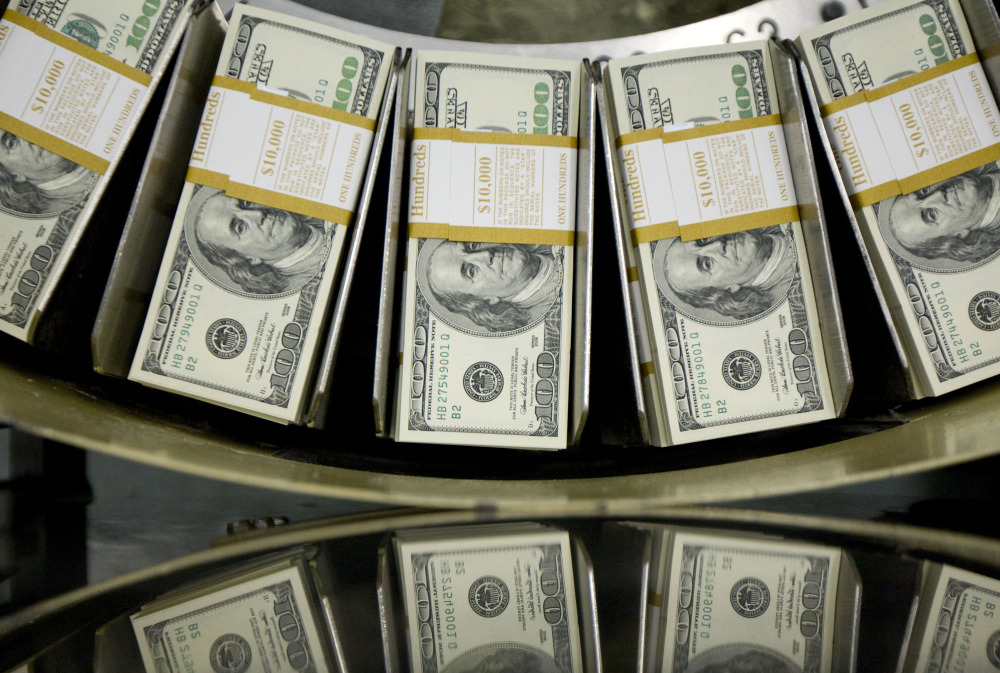

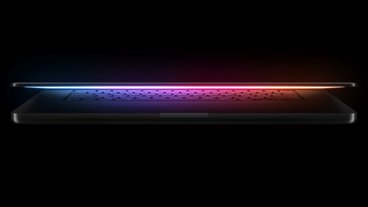


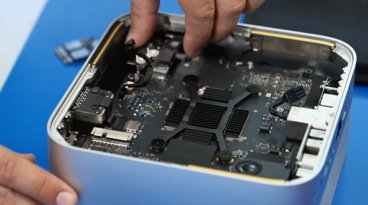


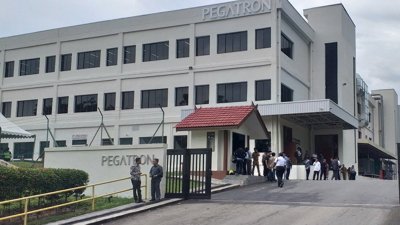
 Charles Martin
Charles Martin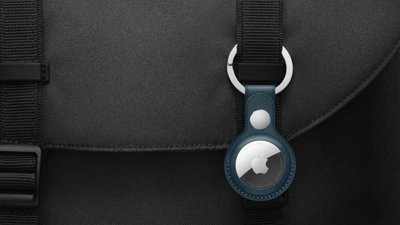

 Christine McKee
Christine McKee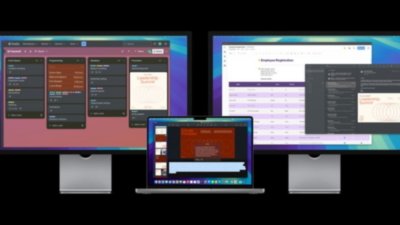


 Oliver Haslam
Oliver Haslam
 William Gallagher
William Gallagher
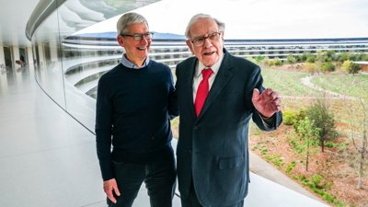
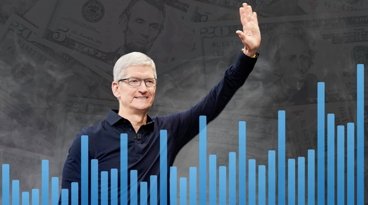
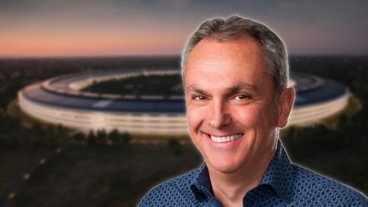






8 Comments
63¢ per share dividend this time.
I wonder if Carl Ichan regrets pulling out of Apple now.
Anyone know the rough percentage of Apple that is publicly traded now? I saw an article that suggested it was around 75% but it had no source to back it up. I wonder if the point of these buy-backs is to get Apple to a point where it is run like a private company retaining 51%+ of controlling shares, or simply to boost shareholder return.
Not a finance guy, so I don't have a good sense of whether these dividends and stock buy backs are the best way to go. It stabilizes the share value and makes more viable stock compensation programs, but wouldn't taking the money and reinvesting into new product the better way to go? Biomedical devices? More computing products? Transportation? Energy?